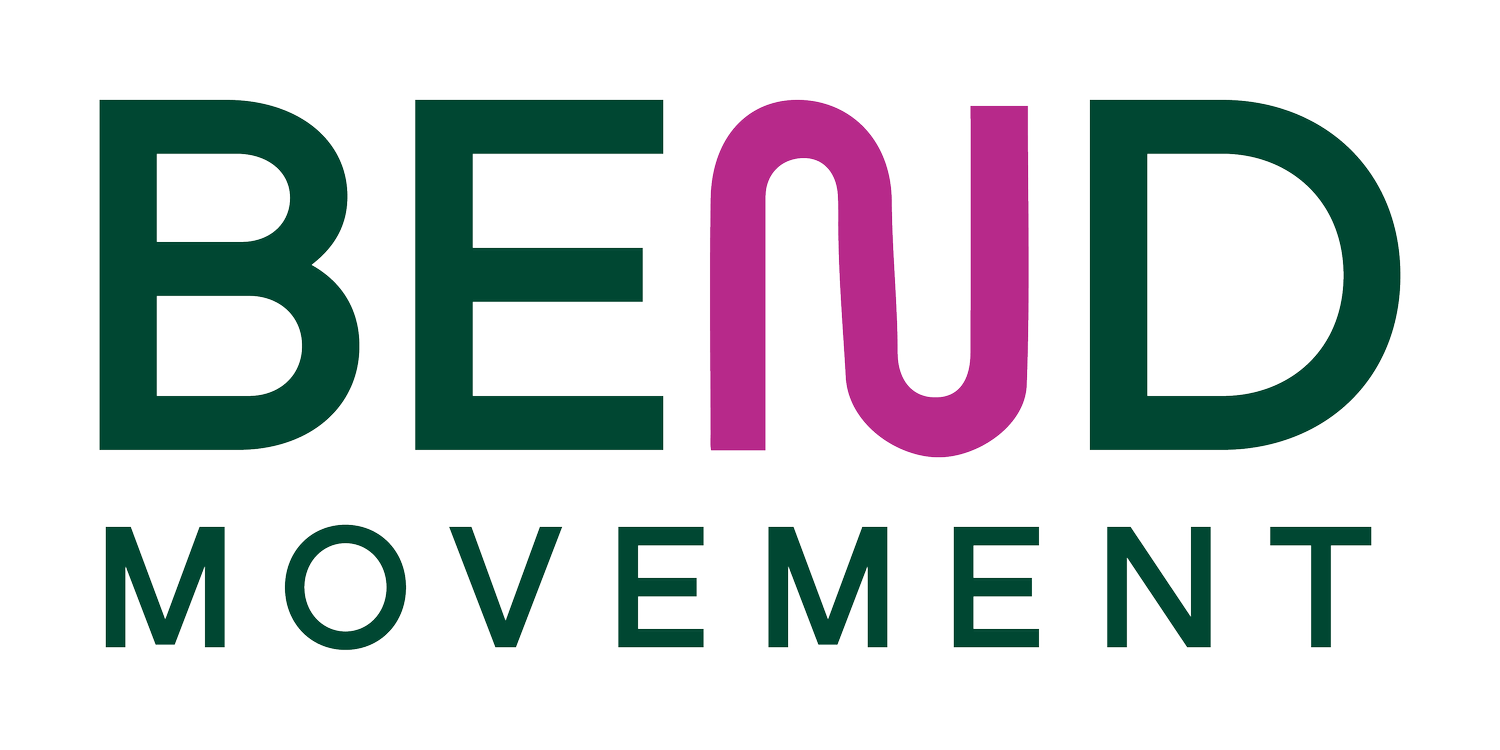Enhance Mobility with Loaded Stretching: A Guide to Safe Progression
Improving mobility is a great way to enhance performance and prevent injuries, but traditional stretching methods don’t always give you the desired results. One alternative to traditional static stretching includes loaded stretching, which is a dynamic approach that utilizes weighted resistance to deepen stretches and unlock greater flexibility. In this post, we'll explore the benefits of loaded stretching as well as provide tips on how to safely incorporate it into your training regimen while ensuring progressive and sustainable results.
What is Loaded Stretching?
Loaded stretching, also known as weighted stretching or resistance stretching, involves applying external resistance – such as weights or resistance bands – to traditional stretching exercises. By adding resistance, loaded stretching applies more force to the area you are stretching, which engages the muscles more actively and encourages them to lengthen and adapt over time.
Benefits of Loaded Stretching:
Increased Range of Motion: Loaded stretching targets both the muscles and connective tissues, promoting greater flexibility and mobility across a wider range of motion.
Improved Muscle Activation: The resistance applied during loaded stretching produces more activation of the muscles being stretched, leading to improved muscle control and coordination.
Enhanced Muscle Strength: By combining stretching with resistance, loaded stretching simultaneously strengthens the muscles, making them more resilient and less prone to injury.
Safe Progression and Integration:
Start Light: Begin with light weights or resistance bands to familiarize yourself with the loaded stretching technique and gauge your comfort level.
Focus on Form: Prioritize proper form and technique during loaded stretching exercises to maximize effectiveness and minimize the risk of injury.
Gradually Increase Resistance: As you become more proficient, gradually increase the resistance to challenge your muscles and further enhance flexibility.
Listen to Your Body: Pay attention to how your body responds to loaded stretching. If you experience discomfort or pain, you likely need to reduce the resistance or modify the exercise accordingly.
Incorporate into Warm-Up or Cool-Down: Integrate loaded stretching into your warm-up routine to prepare your muscles for activity or include it in your cool-down to aid in muscle recovery and flexibility maintenance.
Consistency is Key: Like any training method, consistency is essential for seeing results with loaded stretching. Incorporate it into your regular training regimen and monitor your progress over time.
Sample Loaded Stretching Exercises:
Weighted Forward Fold: Stand with feet hip-width apart, holding a light dumbbell in each hand. Hinge at the hips and lower the weights towards the floor. Hold for 15-30 seconds and repeat.
Weighted Seated Hamstring Stretch: Sit on the floor with legs extended and a light dumbbell in your hands. Lean forward from the hips, reaching the dumbbell towards your toes while keeping your back straight. Hold for 15-30 seconds.
Incorporating loaded stretching into your training regimen can be a game-changer for improving flexibility, enhancing performance, and reducing the risk of injuries. By following these tips for safe progression and integration, you can unlock the full potential of loaded stretching and take your mobility to new heights.
If you are having trouble with your mobility or want to work with a professional to meet your movement goals - look no further. At Bend Movement Physical Therapy, we provide patients with tools to create lasting change in their movement capacity to decrease pain and improve their quality of life. Schedule an appointment today to optimize your movement!
